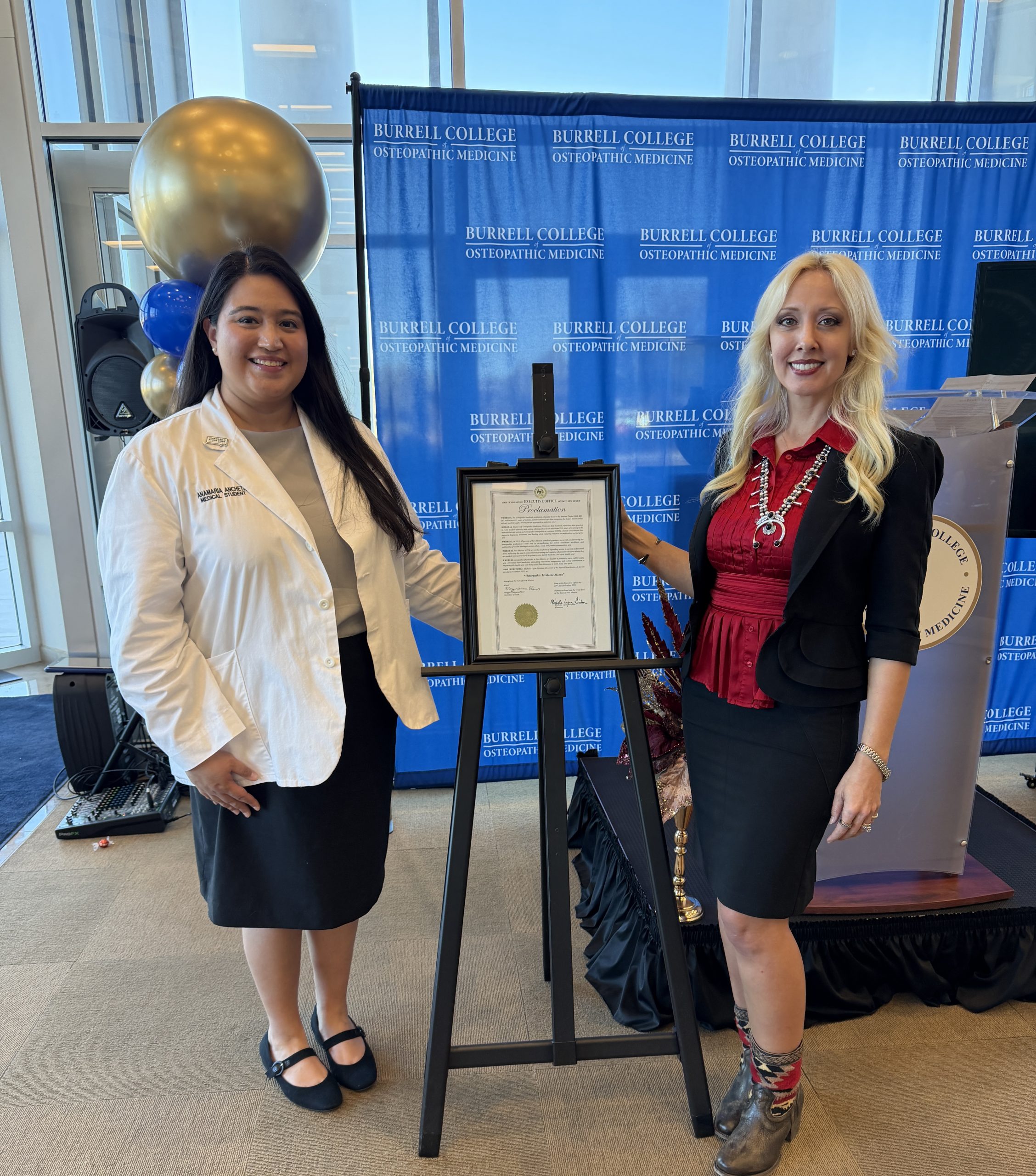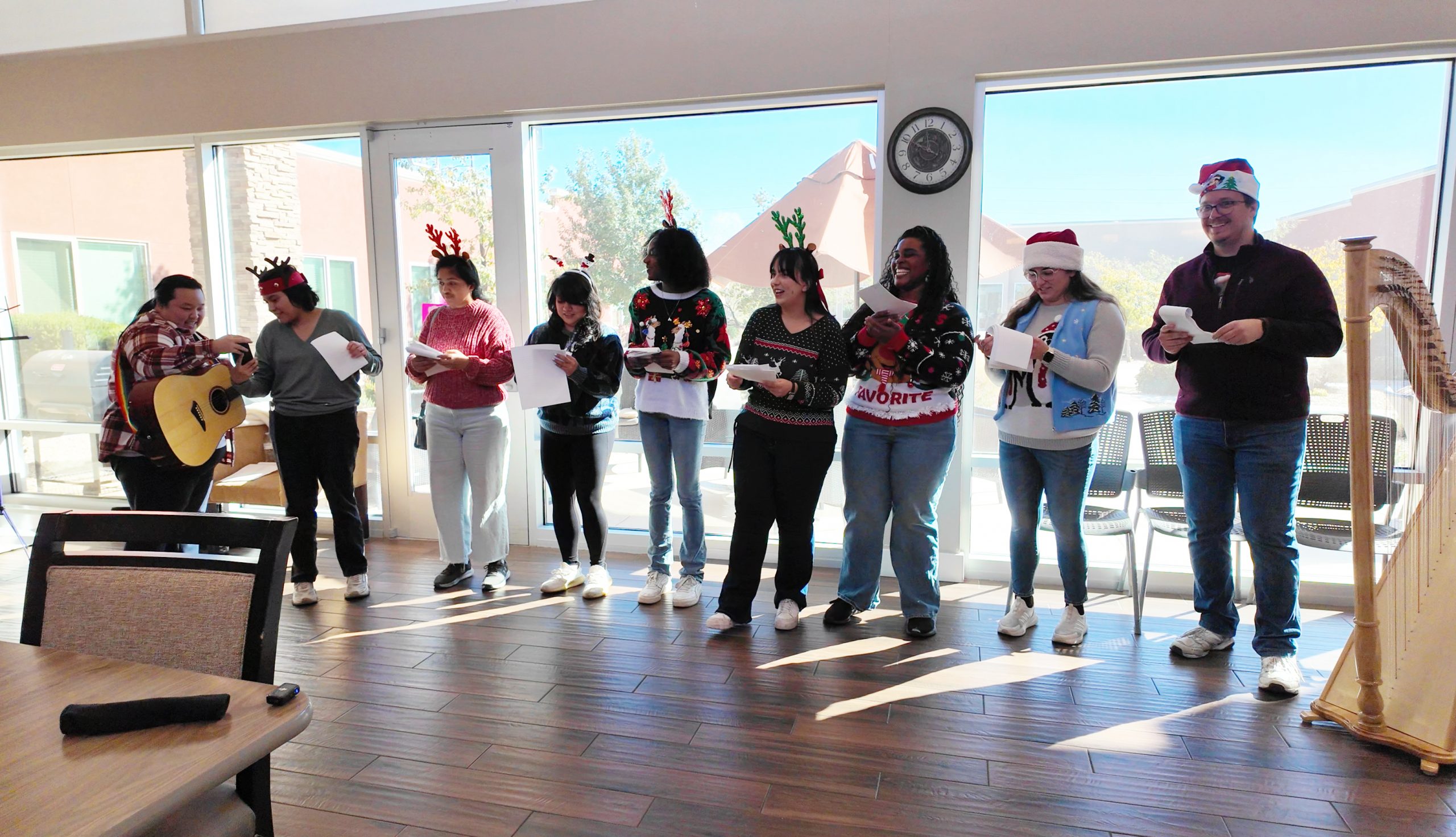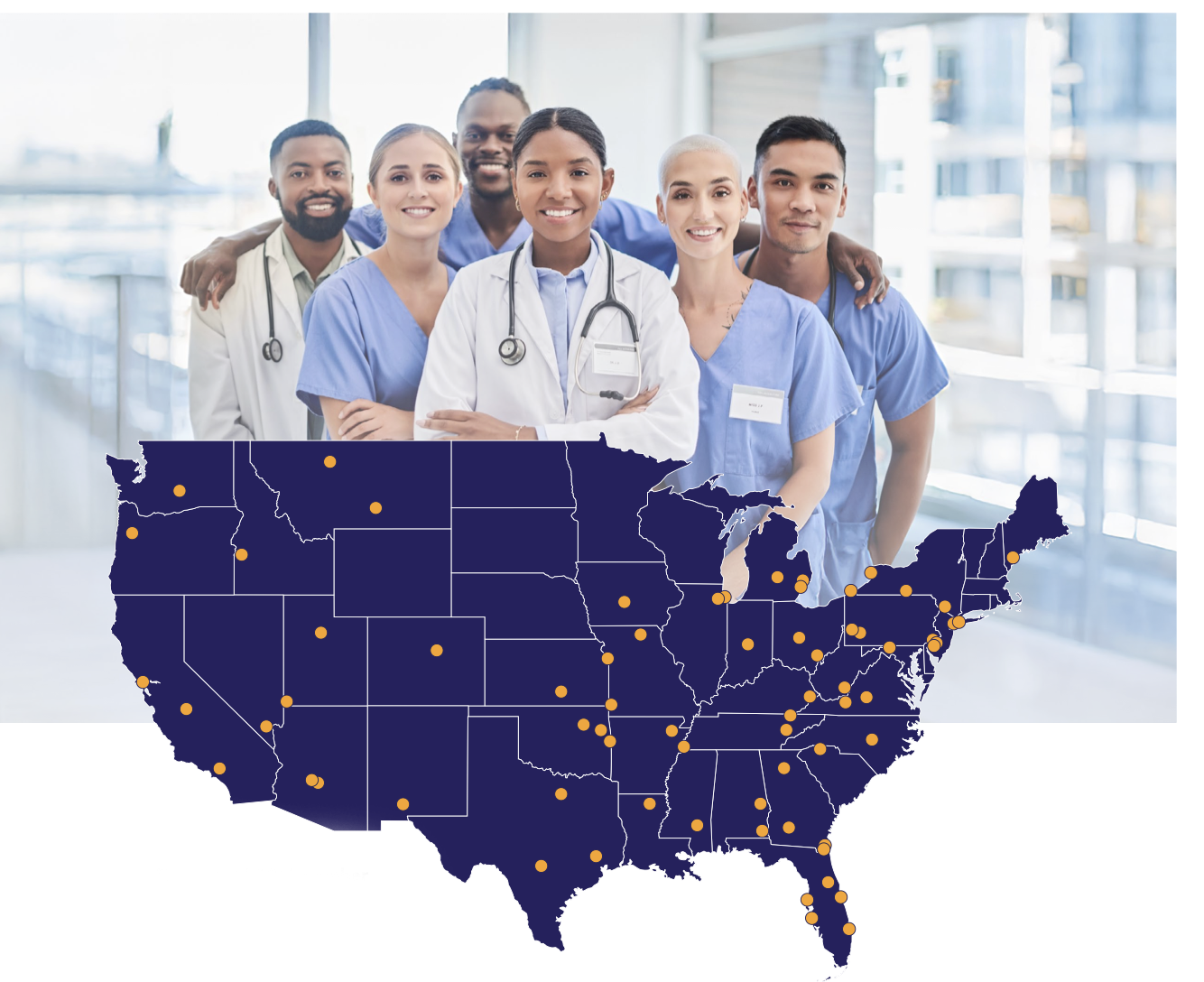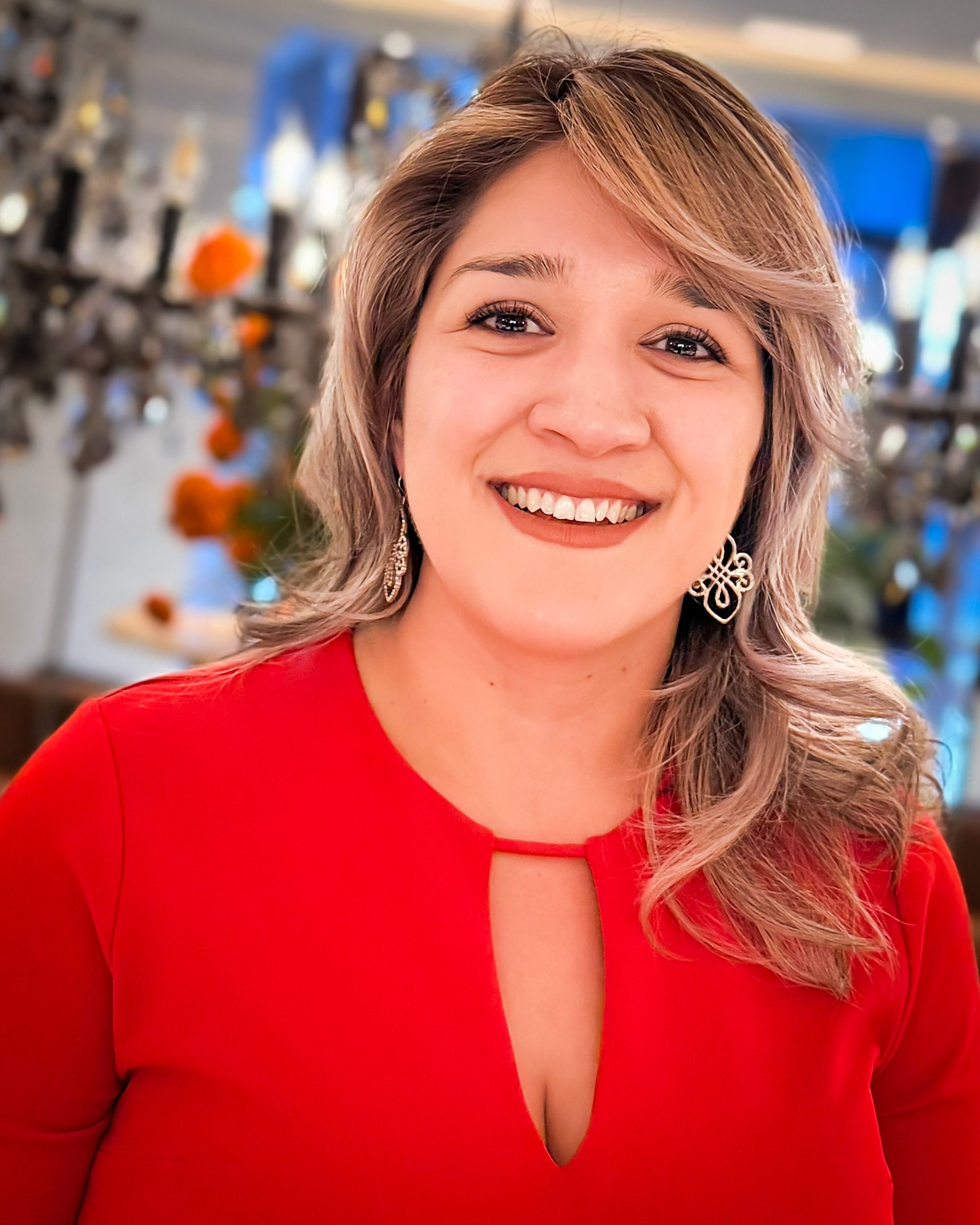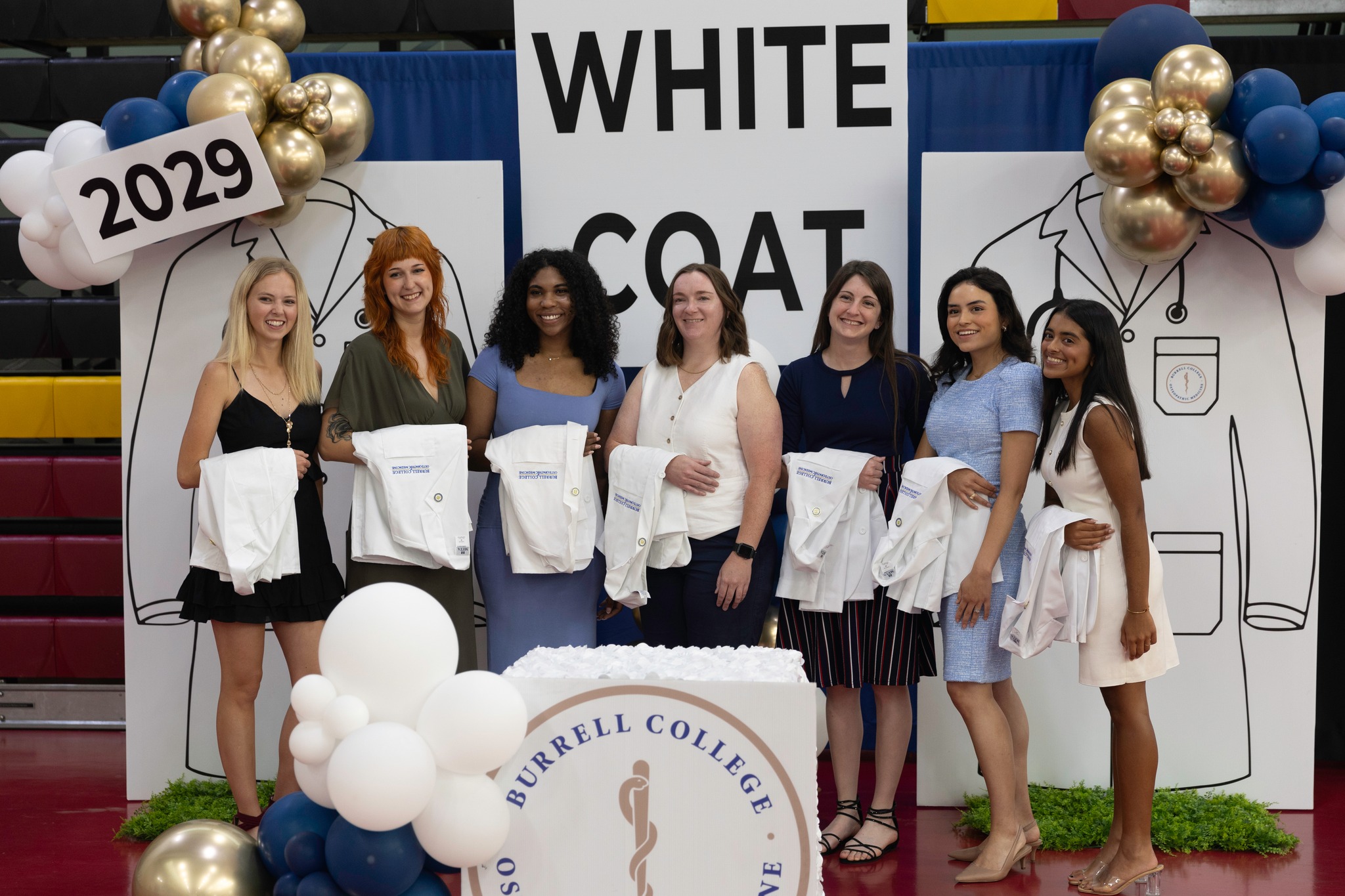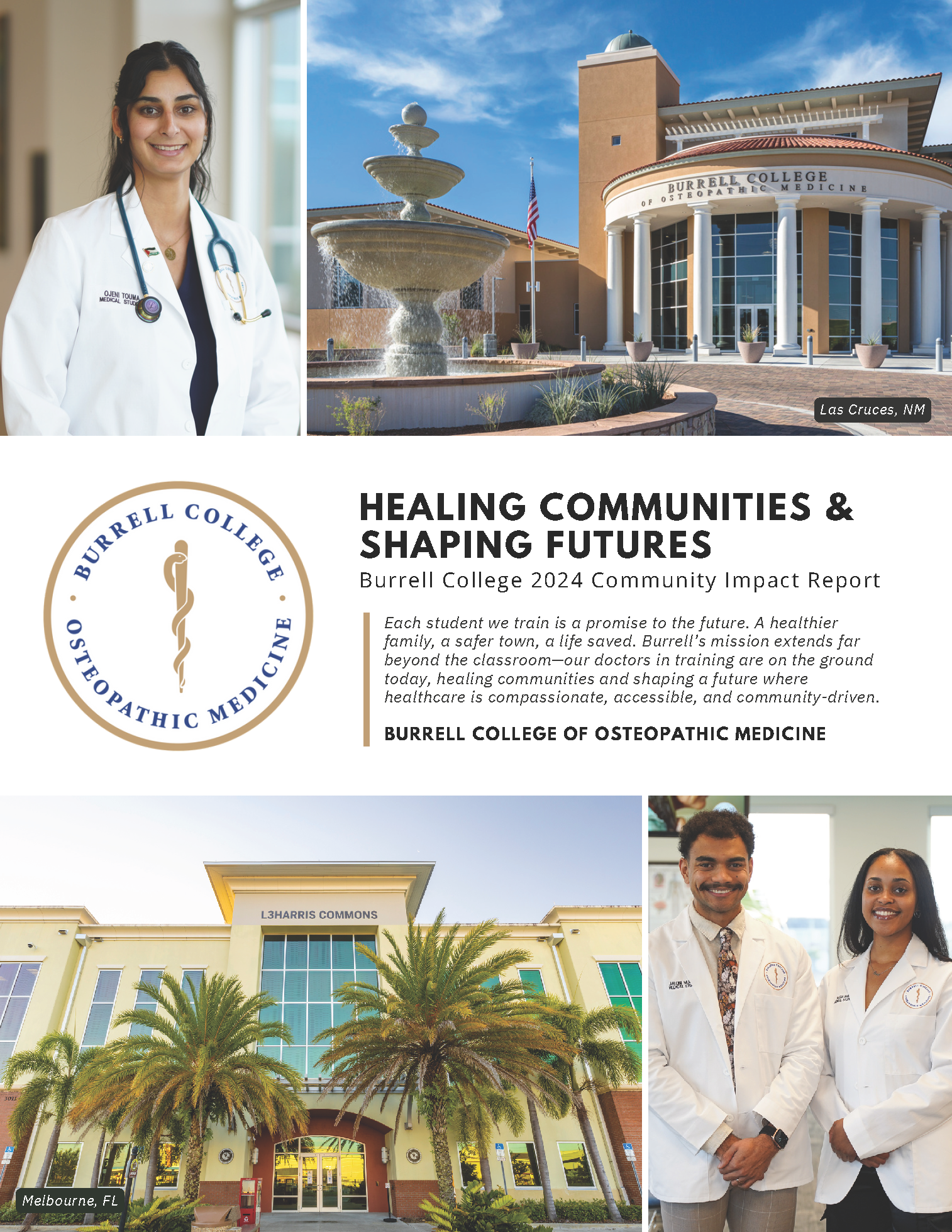
Medical students from the BCOM chapter of the Student Osteopathic Medical Association (SOMA) have put their efforts into various events and causes over the past year, and their hard work did not go unnoticed when they traveled to Washington D.C. to attend the SOMA Spring Convention and DO Day on Capitol Hill. They won the Golden Tibia Award, recognizing them as the Young Chapter of the Year. The Golden Tibia is given to a SOMA Chapter chartered within the last five years that has demonstrated outstanding performance in membership drive, projects and events, promoting osteopathic ideals, promoting political advocacy, and promoting community outreach. The BCOM SOMA also received the Promotion of Osteopathic Medicine Award for Region V.
BCOM SOMA President Giselle Irio said, “We had several goals in mind when we came in as officers, one being more community outreach. At our first conference, we saw all the awards being presented and we really wanted to be a part of that. Last year, we did get an award; the third years did a great job at political advocacy so BCOM got that award. This year, we are very proud that our efforts were recognized again. It’s a big honor, especially since we are still such a new school.”
Read on to see what else the students accomplished at the conference and how they are making an impact on a state and national level.
Opioid Outreach
The BCOM SOMA students brought the work they’ve been doing in New Mexico to prevent opioid overdoses to the convention, where they set up a table and trained 70 students from other medical schools on Narcan administration and distributed more than 90 Narcan kits.
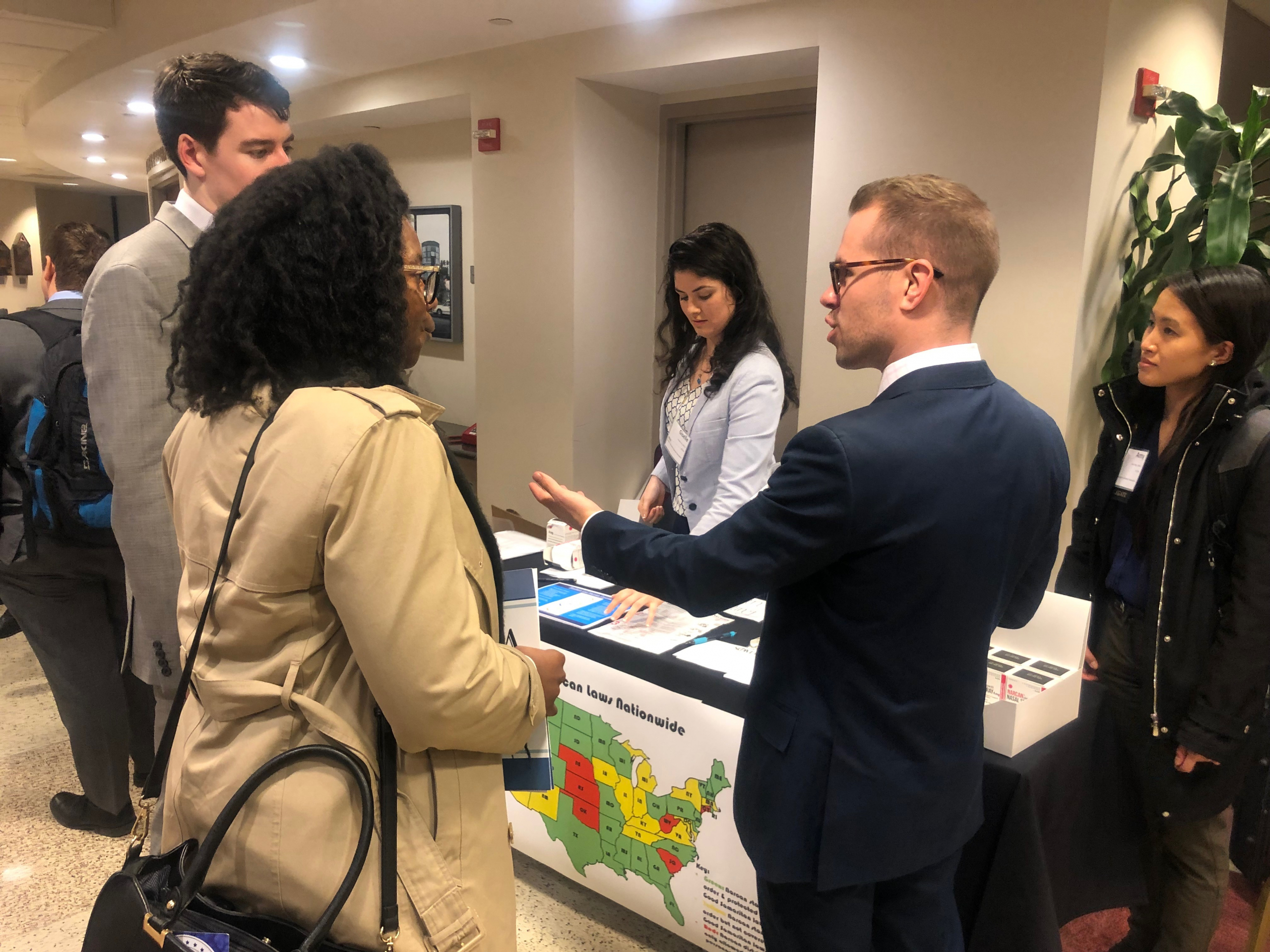
“This effort to train people in Narcan administration has been very successful at our school and we’ve shared it with students at the Arizona College of Osteopathic Medicine as well,” said Irio. “The response at the national convention was phenomenal. Students from the majority, if not all, of the schools present expressed interest in starting it at their own schools. Shaun Antonio, our national liaison officer, has already had people message him asking, ‘How can we do this?’”
The BCOM students also presented a national resolution to establish an overdose prevention taskforce and launch an overdose prevention project. The resolution was passed and Antonio will be heading up the project as director of the national taskforce. “This is novel in terms of a SOMA taskforce; it’s really a feet-on-the-ground approach,” he explained. “Most of the current taskforces are about creating advocacy and awareness to establish change, but this is actually getting students to go out into their communities to impact individual lives.”
U.S. Surgeon General Jerome M. Adams, MD, spoke at the conference and he recognized the BCOM students for their efforts. During a Q&A session, he also offered up resources that will help other schools launch programs similar to BCOM’s in their own states. Zachary Coffman, BCOM’s SOMA vice president said, “The opioid crisis is one of the major initiatives Dr. Adams is tackling during his term. We were really excited that he gave us a shout out in his speech and on Twitter, and we were the only students to get a photo with him.”
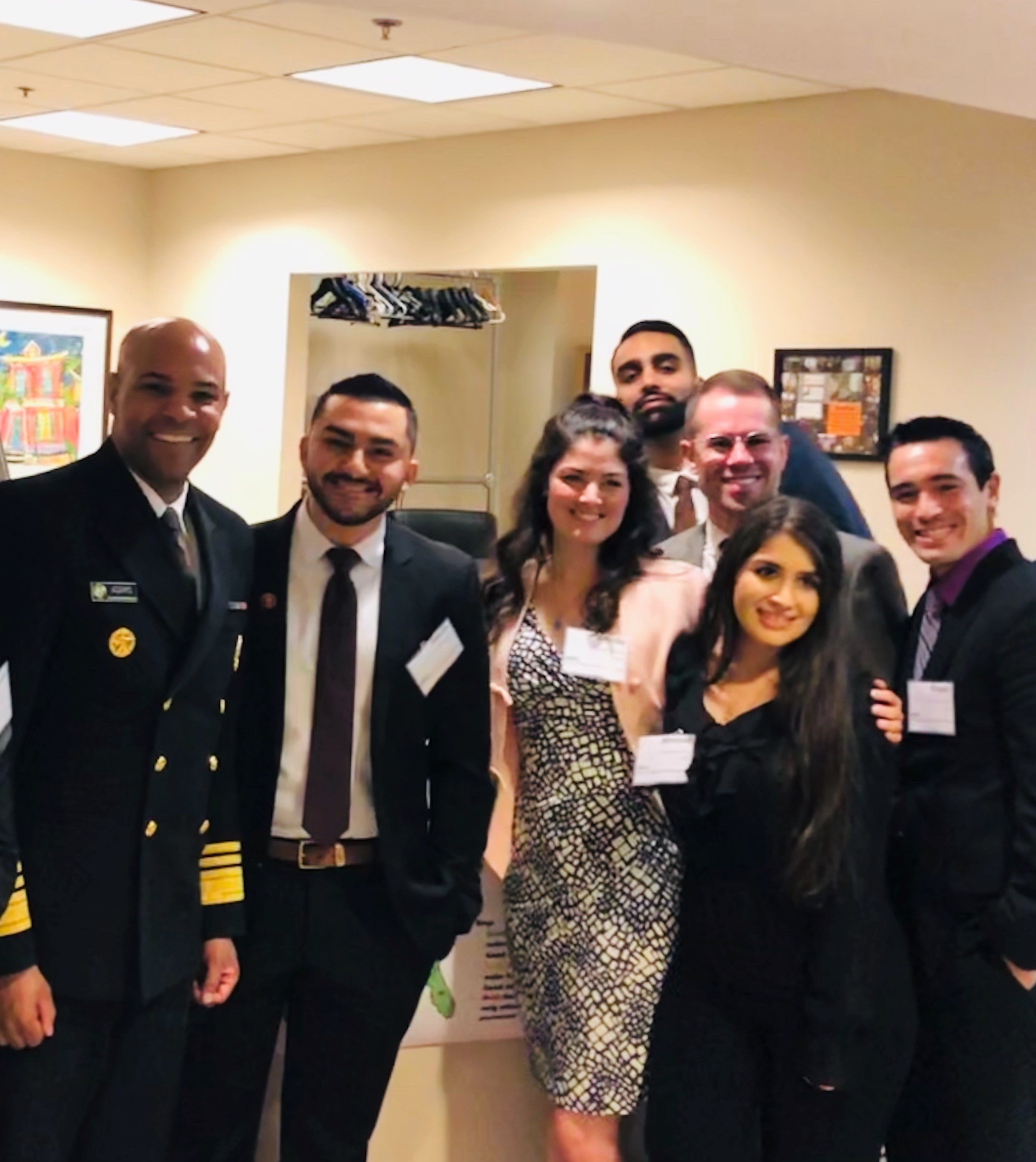
Lobbying for the Future of Medical Education
While in DC, the BCOM students also met with legislators to discuss issues directly affecting healthcare and medical education in New Mexico. They met with Representative Xochitl Torres Small, Senator Tom Udall, and Senator Martin Heinrich, and in particular lobbied for support of funding for the Teaching Health Center Graduate Medical Education (GME) program.
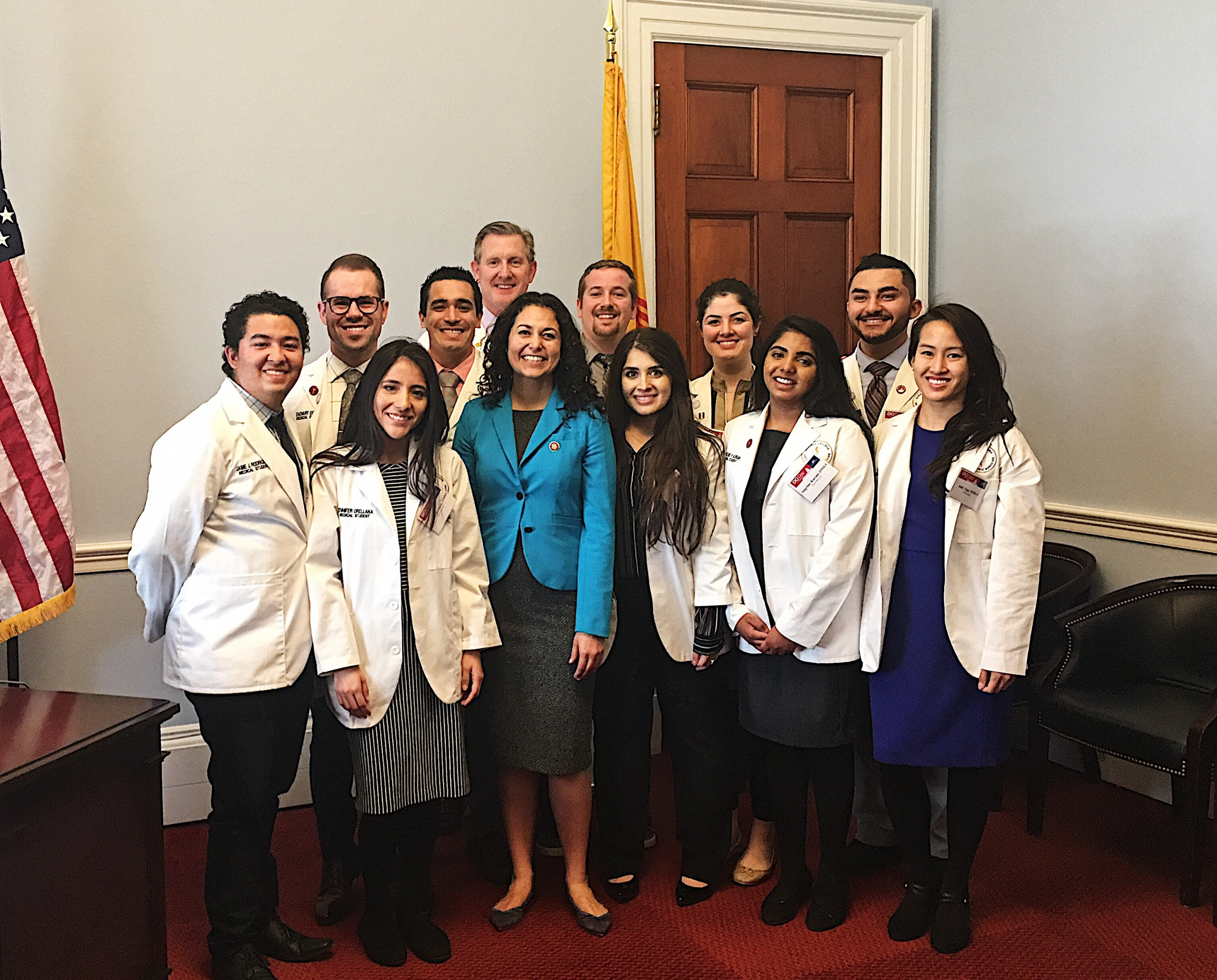
“This funding supports centers like La Clinica de Familia, Ben Archer, and other rural clinics, and specifically provides funding for GME positions at those centers,” explained Coffman. “This encourages physicians to do their residencies in these rural areas which will hopefully make them more likely to stay in practice in the area after. The whole state of New Mexico has a huge shortage of physicians. Medical students like myself, who come from other parts of the country and want to stay in New Mexico to practice medicine, can’t always do that without these types of programs.”
Antonio added that the initiative was recently changed from a two-year bill to a five-year bill, which will make an even greater impact. He said, “This means more stability for these programs because small clinics in underserved regions don’t have to look for funding every two years. Instead, they can focus on growing and attracting students and physicians.”

